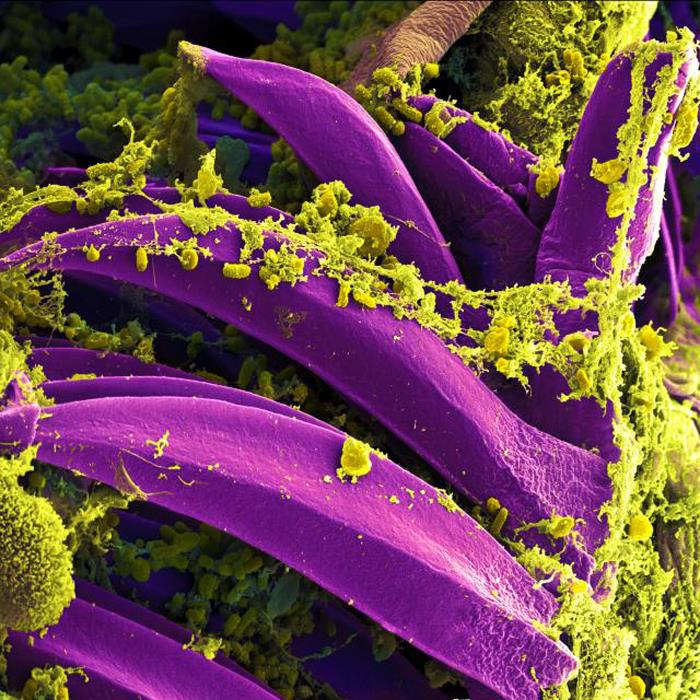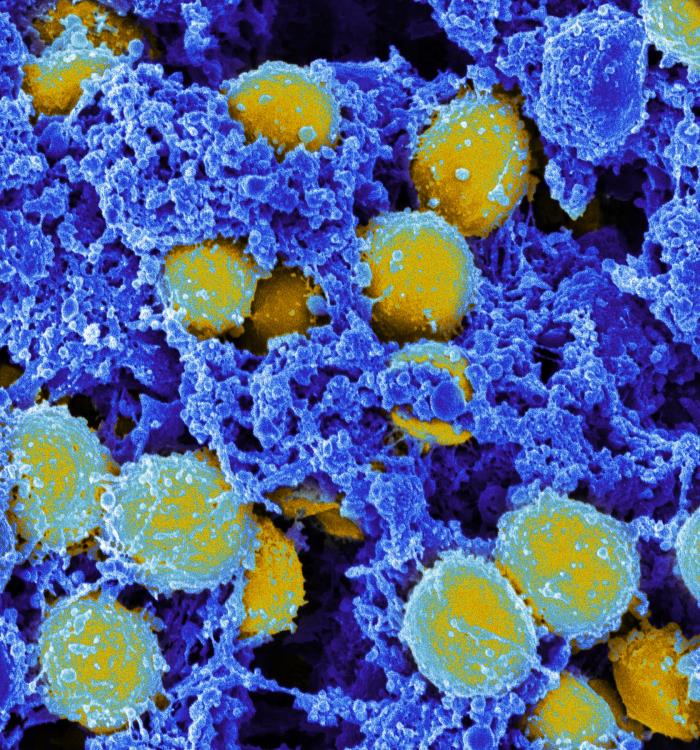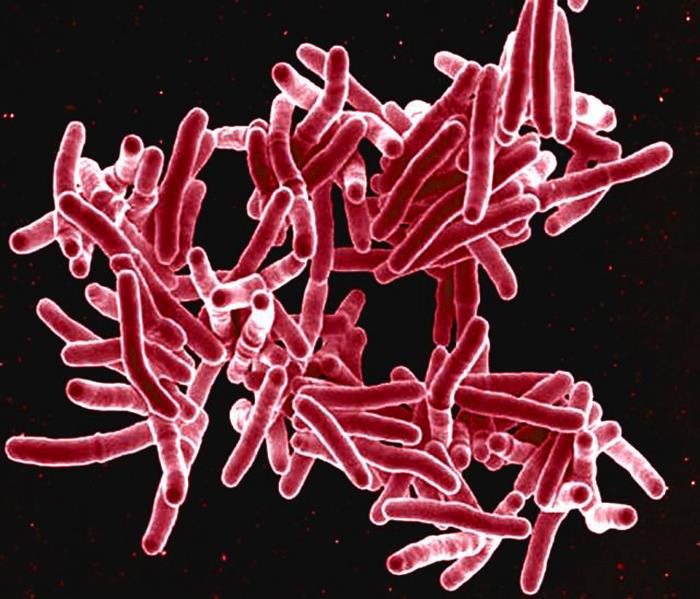
Produced by the National Institute of Allergy and Infectious Diseases (NIAID), this digitally-colorized scanning electron micrograph (SEM) depicts a number of red-colored Salmonella sp. bacteria, as they were in the process of invading a mustard-colored, ruffled immune cell. Salmonella sp. bacteria are a common cause of foodborne disease.
These bacteria are members of the family Enterobacteriaceae, and the genus Salmonella. They are Gram-negative, rod-shaped bacilli, and approximately 2000 serotypes cause human disease.
Every year, Salmonella bacteria are estimated to cause one million illnesses, known as salmonellosis, in the United States, with 19,000 hospitalizations and 380 deaths . Most persons infected with Salmonella develop diarrhea, fever, and abdominal cramps 12 to 72 hours after infection.
Salmonellosis, usually lasts four to seven days. Although, most persons recover without treatment, in some persons, the diarrhea may be so severe that the patient needs to be hospitalized.
via Details – Public Health Image Library (PHIL).

biology microbiology abstract for poster or canvas by Microbiology_Art
Browse for more framed art posters at zazzle

















